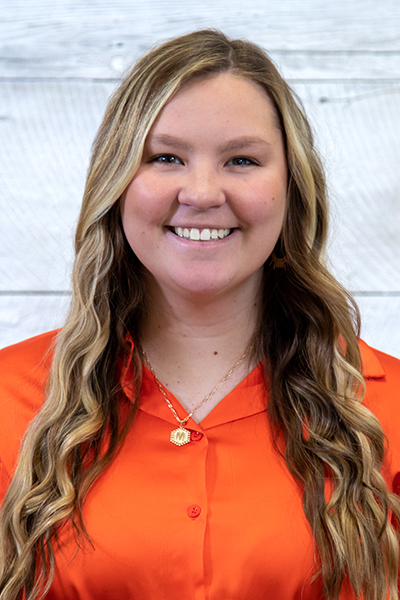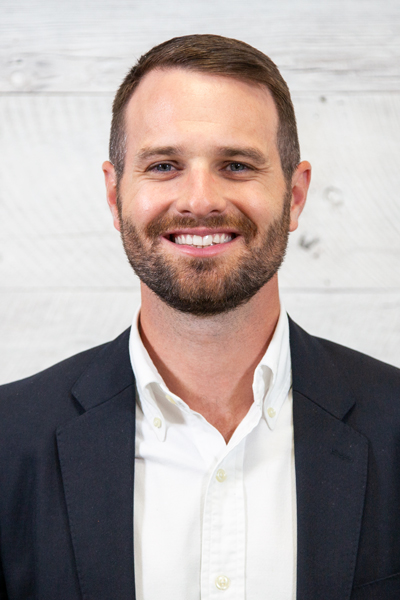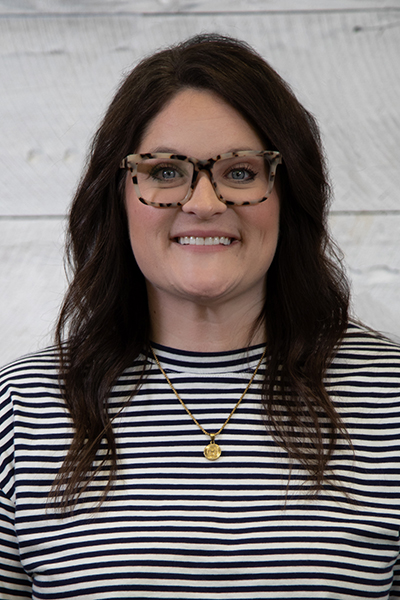The College of Veterinary Medicine (CVM) at Oklahoma State University is serving Oklahoma as the only college providing veterinary medicine education in the state.
Areas of Impact
When you support the College of Veterinary Medicine, you help shape the future for Oklahoma State University. By contributing to the fund(s) below, you make our future brighter orange!
Veterinary Medicine Fund for Excellence
28-82000 - This Operating Funds-General Purpose fund benefits programs through CVM.
Vet Med Teaching Hospital Fund
28-83300 - This Operating Funds-Department/Program Specific fund benefits programs through CVM.
The CVM Ranch Enhancement Fund
- This Operating Funds-General Purpose fund benefits programs through the CVM Ranch.
Clinical Skills Fund
- The purpose of the Clinical Skills Program is to engage students in hands-on learning experiences throughout the 4-year program in order to develop clinical abilities in a low stress and low risk environment. The program seeks to minimize live animal usage and allow for repetition to improve skills over time using animal and computer models, as well as simulators and cadavers which augment curriculum offerings and the Shelter Medicine program experience.
The College of Veterinary Medicine is made up of a community of professionals committed to graduating highly skilled veterinarians prepared to serve societal needs which span animal, human, and environmental health and welfare; to lead the nation in basic and applied biomedical research to discover the answers which may lead to cures for diseases we currently are unable to manage; and to provide the best veterinary services to our clients and referring veterinarians through both primary and specialty veterinary care. The role veterinarians play goes far beyond the private practitioner, although this is what most people are familiar with due to the restorative and preventive healthcare their pets and production animals need.
Our purpose is to serve the people of Oklahoma with their animal care needs. The College of Veterinary Medicine is made up of a complement of medical facilities: the College of Veterinary Medicine, the Oklahoma Animal Disease Diagnostic Laboratory, and the Boren Veterinary Medical Teaching Hospital. In addition, facilities include the Veterinary Medicine Ranch, specializing in Equine and Bovine Breeding and Reproduction Services, the Equine Research Park, the Wendell Wallace Bovine Research Facility, and the Cohn Family Shelter for Pets.
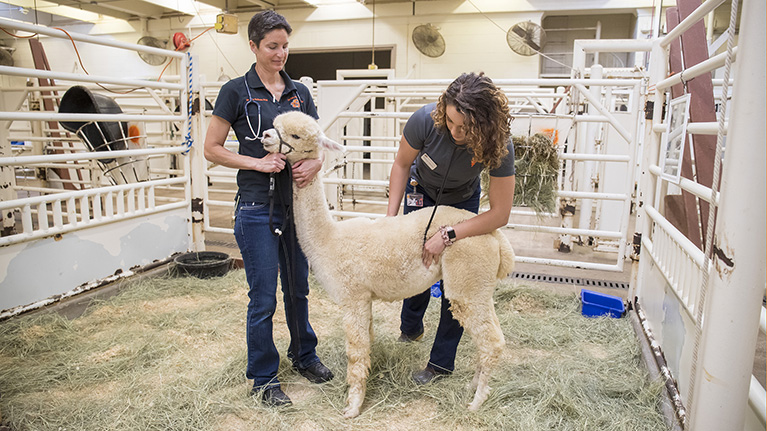
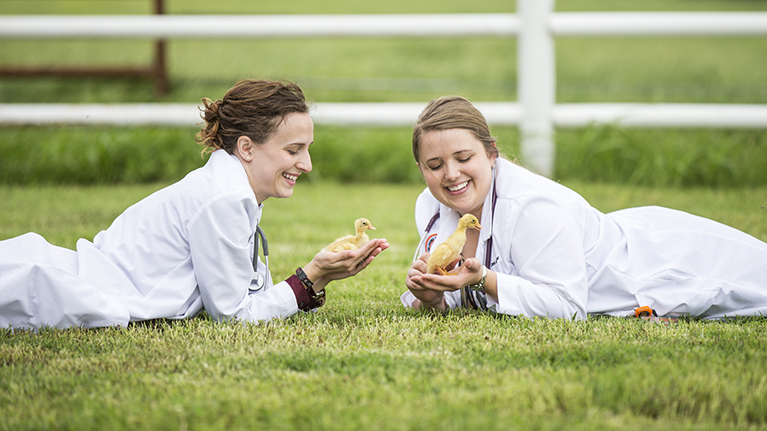
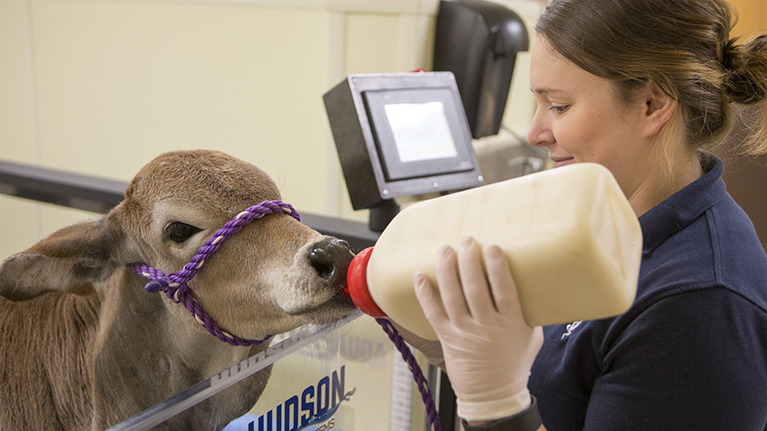
Programs & Academic Departments
Oklahoma Animal Disease
Diagnostic Laboratory
DISCOVER
Veterinary Biomedical Sciences
Graduate Program
DISCOVER
Department of
Physiological Sciences
DISCOVER
Department of
Veterinary Clinical Sciences
DISCOVER
National Center for
Veterinary Parasitology
DISCOVER
Department of
Veterinary Pathobiology
DISCOVER
Meet the Dean
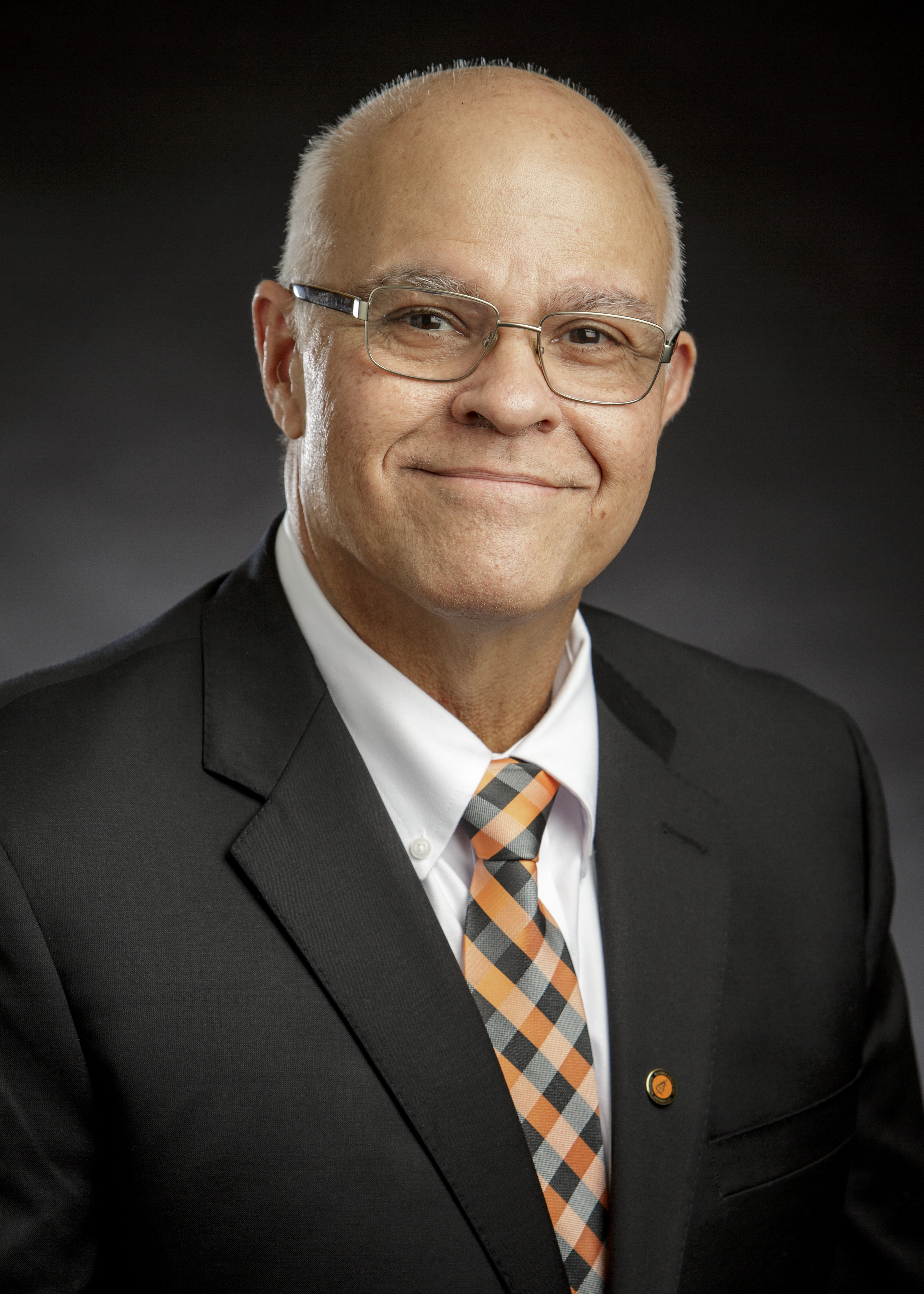
Carlos Risco received his DVM degree in 1980 from the University of Florida and advanced clinical training as an intern in private dairy practice at the Chino Valley Veterinary Associates in California. He is a diplomate in the American College of Theriogenologists.
The strong culture of scholarship, outstanding curriculum and the multidisciplinary approach to improve both animal and human health has led to the excellent reputation of the OSU College of Veterinary Medicine.
From 1982 to 1990, he was a full partner at Chino Valley Veterinary Associates, a nine-veterinarian dairy practice. In 1990, he joined the faculty at the University of Florida as an assistant professor in the College of Veterinary Medicine.
Dr. Risco’s main research focus pertains to metabolic disorders and reproductive management of dairy cows.
The College of Veterinary Medicine (CVM) Grateful Client Giving Program is a donor recognition program that is designed to actively engage clients of the Oklahoma State University Veterinary Medical Hospital. Without the support of generous clients, you and your animal would not be able to receive the high quality, compassionate care that the Veterinary Medical Hospital is able to provide.
The goal of the Grateful Client Program is to continue to raise support for the CVM and to recognize donors who have dedicated their giving to the hospital. When clients give through the Grateful Client Program, they honor those who have touched their lives, while supporting outstanding patient care at the OSU Veterinary Medical Hospital.
Meet Linda, a Grateful Client of OSU
Linda Wheeler came to tears the first time she saw Romano. The 6-month-old kitten, a stray who popped up in the yard of the Tulsa woman’s sister, bore a striking resemblance to a cat Wheeler had recently lost.
The only difference was Romano’s perfect heart on his nose. Was it a sign? After all, it turned out that his heart had a hole in it, which was leading to congestive heart failure. But Oklahoma State University’s Veterinary Medical Hospital came to his rescue with a first-of-its-type-in-Oklahoma procedure.
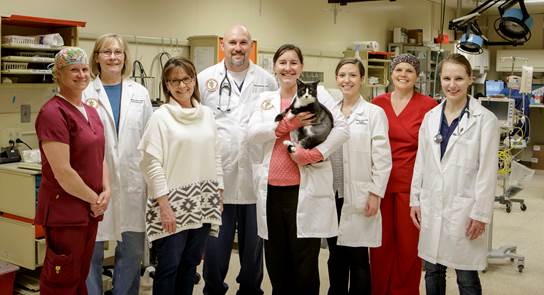
Dr. Ryan Baumwart, veterinary cardiologist, and Dr. Danielle Dugat, small animal surgeon, of OSU’s Veterinary Medical Hospital, collaborated on the surgical procedure. “The procedure hadn’t been done in Oklahoma,” Wheeler says.
“It turned into a little bit of a guessing game,” Baumwart says. We had to give Romano some drugs to keep the pressures up to avoid kidney damage and at the same time try to adjust the pressures as Dr. Dugat placed the band around the artery.”
“Everything went the way it was supposed to because we all had our plan and everybody stuck to the plan,” Dugat says.
“That incision looks wonderful. You guys did great,” Wheeler says. “Thank you so much. Thank you so much.”
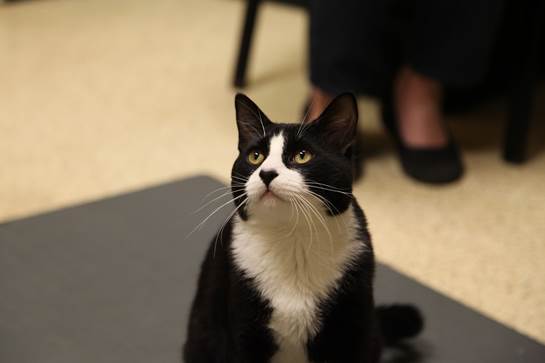
The procedure performed on Romano will allow him to live a longer, healthier life. The only alternative would be to have (very rare) open-heart surgery to correct the hole in his heart.
“To see such joy in an owner’s eyes when the procedure you perform is successful makes this a fulfilling profession,” says Dugat. “I could not have had the confidence I needed in performing this procedure for the first time if it was not for an owner who was willing to hand over the life of her baby into my hands. More so, developing a plan before surgery and understanding every individual’s important role to the success of the surgery made the execution seamless.”
